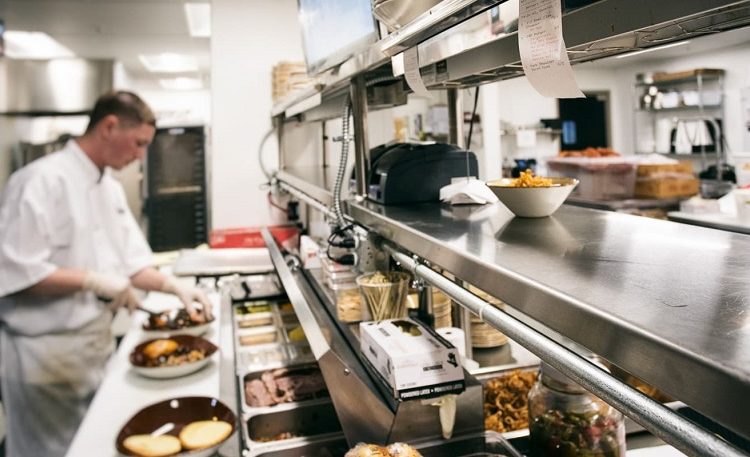Following the correct precautions will warrant the well-being of your restaurant and guests. You will also not be too worried when the health inspector decides to pay a visit. Let us look at how to avoid health code violations.
Temperature and Time
Temperature and time are both crucial in food safety in a restaurant. A practical and easy way of satisfying health inspectors and avoiding incidences of food-borne sicknesses is storing food at the appropriate temperature.
The appropriate temperature and time are typically determined by the type of food. For instance, when mayonnaise is stored at room temperature for more than a few hours, it becomes a health hazard. However, it can be safe for consumption if stored in a refrigerator.
Storage
Cross-contamination resulting from improper storage leads to food poisoning. This tends to happen when the fluids of a particular food drop onto other foods. For instance, if chicken fluids trickle down onto beef, chicken bacteria will not be killed when the beef is cooked because raw chicken needs to be cooked to a higher temperature than beef. To ensure that cross-contamination does not happen, cold-storage checks are crucial every night to ensure appropriate storage of items.
Mishandling
Mishandling could also lead to cross-contamination. For example, if a cook forgets to wash their hands after handling a raw burger and grabs some buns, the burger bacteria is likely to get on the pastry bun as well. This food would be no longer fit for human consumption.
The entire staff should go through the appropriate training so as to avoid cross-contamination. Some of this training includes washing hands before handling vegetables and meat as well as proper use of supplies and utensils. Washing of hands by the staff after every activity is crucial in avoiding cross-contamination.
Chemical Usage
It is crucial to know what cleaning products are being used in the restaurant as well as their efficiency. It is common that staff do not get proper training on use of cleaning products. Sanitizing is not the same as cleaning. Clean primarily refers to the appearance rather than being sanitary. Sanitized means that there is little to no bacteria on the surface. Sanitation can be achieved through the proper use of the correct chemicals. Therefore, it is necessary to conduct a training session with your staff by the cleaning sullies vendor to ensure adequate training.

